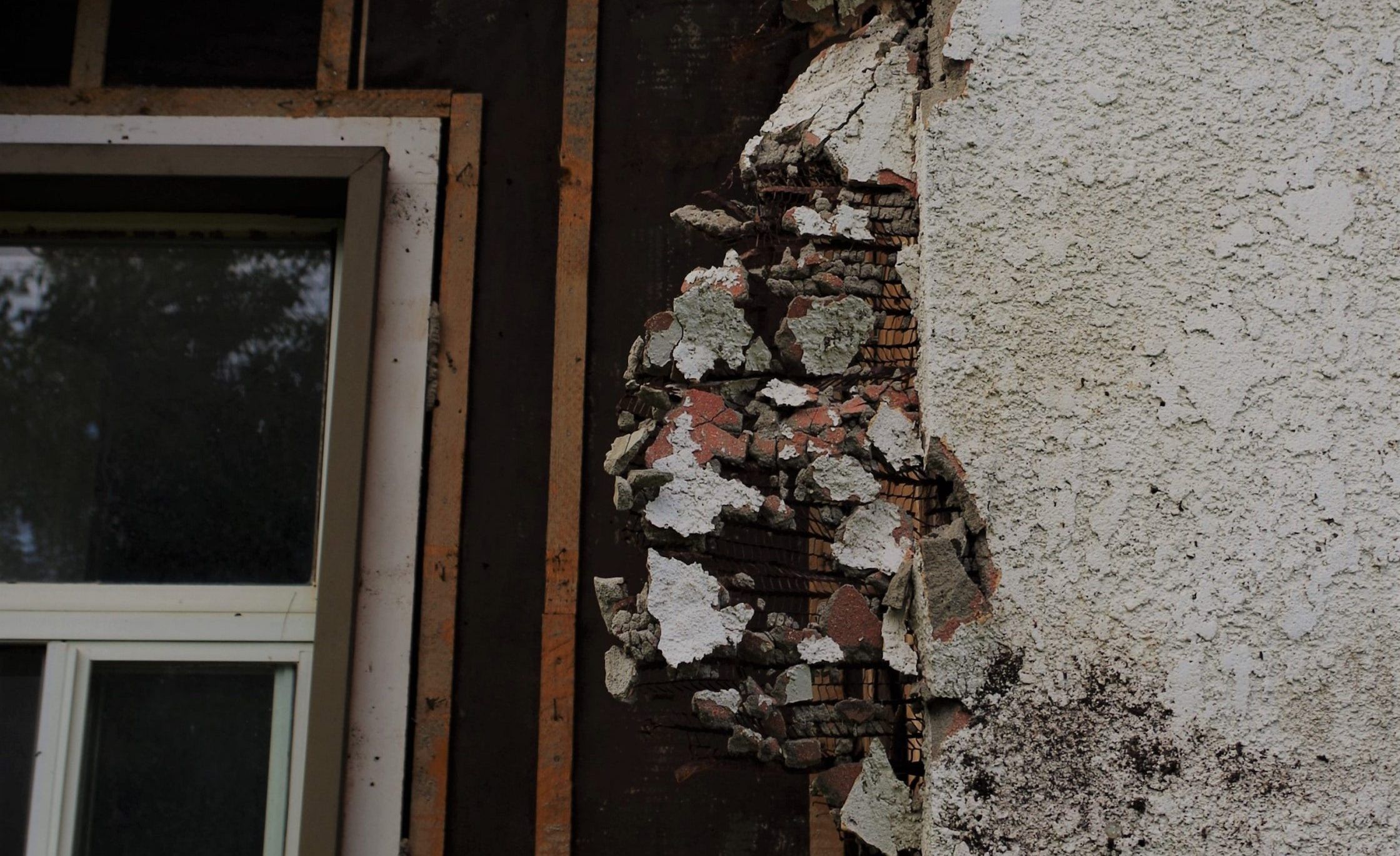
What To Do If You Discover Asbestos In Your Home
Asbestos is a mineral that is naturally occurring. Historically, it has been used for insulation and fire-proofing within buildings, as well as in construction materials and many consumer products too. Unfortunately, it is also highly dangerous material that can lead to several different lung conditions. Despite the health risks being known since the 19th century and the term ‘asbestosis’ being coined in the 1920s, the material was still used regularly up until it was prohibited in the 1980s and wasn’t fully banned until 1999.
Given this, it is feasible that if your property was built before the year 2000, it could contain asbestos. Disturbing this asbestos through DIY or decorating could release the harmful fibres into the air. Considering the health risks of exposure to the material, it would be very understandable should you wish to have it removed.
How to identify asbestos
Asbestos could be in several places throughout a property. For example, it was most often used as insulation boards within walls, under floorboards and in loft spaces. However, it was also used in PVC flooring, some cement products, roofing and on certain ceilings, such as patterned Artex. Some of these would be hard to identify as the asbestos has been more heavily processed, but insulation is usually easier to spot. This will often be labelled, saying it is asbestos, or will say AC (Contains asbestos) or NT (Does not contain asbestos).
If you think that you have discovered asbestos and need it to be confirmed, it can be tested. Munday + Cramer recommends using a trained Asbestos Surveyor to avoid risk of exposure. There is no law to say you can’t collect the sample yourself, but it can be dangerous (and a bit of a faff). If you do choose to do this, ensure you wear disposable protective clothing, including a coverall, gloves and a face mask.
A sample consists of a small chunk of the material, around 1-1.5 inches square, which is put in a clear, sealable plastic bag and then into a secondary plastic bag for extra protection. This is then labelled with your address, the room it is from and any other details requested, before sending it off to a laboratory for testing. You will have to dispose of your protective gear in red and clear asbestos waste sacks, which can be purchased online, and then disposed of at a designated asbestos waste facility unless you can arrange for a collection. We said it was a faff!
How to remove asbestos
For starters, you must decide if it is worth disturbing the asbestos. If you notice it has already been damaged then there could be dangerous fibres in the air and it should definitely be removed if it can not be sealed to prevent further damage. Likewise, it should be removed if you have damaged the asbestos through decorating or DIY and can’t seal it. Please note that if you have damaged asbestos, don’t try to vacuum it up, as this could distribute the fibres more widely. Call in an expert as soon as possible.
However, sometimes it is better to leave asbestos where it is. If any ACMs (Asbestos Containing materials) are undamaged and not in danger of being disturbed, it is often safer to just monitor the situation, rather than moving it and risk aggravating the issue. The ACM can be treated with a coating that prevents fibre release from degradation, vibrations and small impacts, to improve the safety of keeping the material around.
If you decide that the asbestos does need to be removed, it is not recommended to attempt to this task yourself, unless you have had appropriate training for non-licensed asbestos work. Otherwise, contact an asbestos removal expert to carry out the work. Your local council should be able to recommend a company to perform a survey and an extraction if required.
Contact Us
For information on Munday + Cramer’s services, or if you would like to find out more about our architectural and building surveying services, operating in Essex, London, Kent, Norfolk and Suffolk, then get in touch! Contact Munday + Cramer today on 01245 326 200.